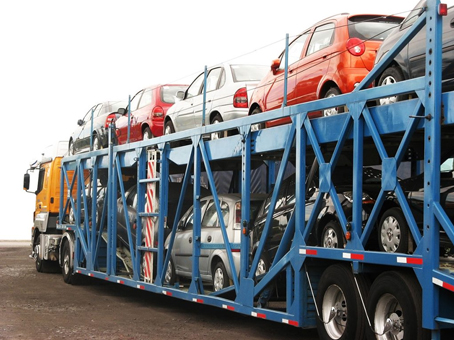When considering whether to drive your car to a new location or opt for vehicle shipping, cost plays a pivotal role in decision-making. While the perception might lean towards driving being more cost-effective, a detailed analysis often reveals that shipping your car can be a cheaper and more efficient alternative, especially for longer distances. Let’s delve into a comprehensive cost comparison to understand the economics better.
Shipping Costs Overview
Shipping a vehicle involves several key expenses:
- Transportation Cost:
- Primarily based on distance and vehicle model.
- Luxury or large vehicles might incur higher costs due to special handling needs.
- Pick-up and Drop-off Locations:
- Costs can increase for remote or rural areas due to additional resources required for access.
Costs Involved in Long-Distance Driving
- Fuel Costs:
- Depends on vehicle efficiency (MPG) and current fuel prices in the travel regions.
- Fuel costs vary based on the vehicle’s efficiency and fuel prices in different areas.
- Wear and Tear:
- Accelerated tire deterioration and potential earlier replacements.
- Increased wear on essential components like brakes, necessitating maintenance.
- Maintenance:
- Routine tasks such as oil changes and other maintenance requirements.
- Long drives increase the frequency of these tasks, contributing to costs.
Factors Influencing Car Shipping Costs
- Distance:
- Longer journeys increase fuel consumption and potential unexpected expenses.
- Toll fees and possible repairs are additional considerations for extended trips.
- Vehicle Size and Type:
- Larger vehicles incur higher shipping costs due to increased weight and space usage.
- Transportation Method:
- Enclosed transport, offering more protection, is typically more expensive than open transport.
- Seasonal Demand:
- Peak moving seasons can lead to cost escalations in the vehicle shipping industry.
- Accessibility of Route:
- Remote or challenging-to-reach locations often involve higher costs due to increased time and effort for delivery.
Conclusion: Making an Informed Decision
While driving may seem cost-effective for short distances, shipping your car is often a more economical and convenient option for longer journeys. Taking into account fuel, lodging, food, and vehicle wear and tear, along with the potential hassle, it’s evident that vehicle shipping offers a competitive alternative. However, individual circumstances and preferences will ultimately guide your decision-making. Assess your specific situation, weigh the costs involved, and choose the method that aligns best with your needs and budget.
 +1 801-513-6651
+1 801-513-6651 allcarhaulers@gmail.com
allcarhaulers@gmail.com







